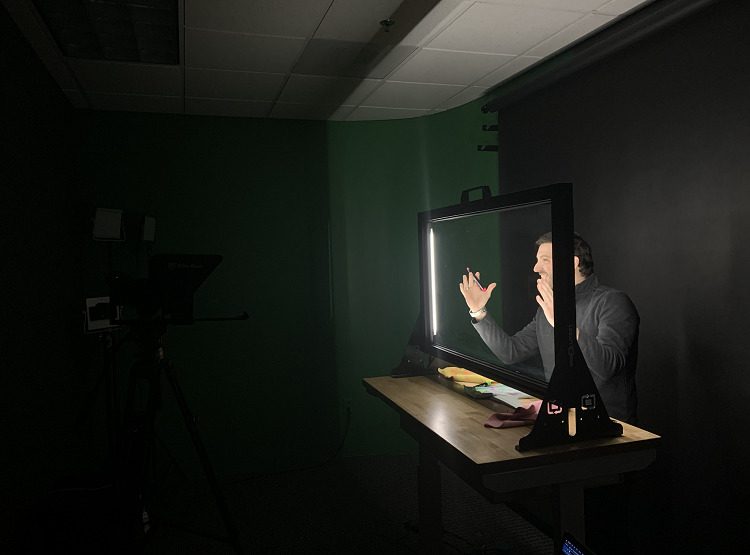The idea of creating microlearning content can seem daunting, but it is just like creating any other type of eLearning course. In this article, eLearning Partners will outline the basic steps for how to create microlearning. These will work for any program, no matter how much content you want to cover or how long you want the total course to be.
A Refresher on Microlearning
Before getting into how to create microlearning, make sure you understand what it is.
Microlearning is when you create smaller lessons that focus on a specific topic or subtopic. Each lesson will ideally be less than ten minutes long.
The idea behind microlearning is that it works with your learner’s attention span. It also gives learners the ability to choose their own pace to a greater extent.
With that in mind, follow these steps on how to create microlearning:
Step #1 – Map Out the Big Picture
The very first thing you want to do when developing microlearning is to outline the big picture. A common mistake is to choose a small topic and start with that, then build around it. But this is not the best approach. You may find yourself with the wrong course sizes or have issues coming up with other microlearning topics.
Instead, start with the big picture. First, decide on the main goal or big idea you want to teach. Then, make a list of all of the pieces of that. This should be a master list of information and include everything you would even think about teaching. It is better to have too much than too little here.
Step #2 – Estimate the Total Hours
Once you have your large list or outline, it is time to estimate how long of a course you would create if you covered everything. Remember that each microlearning topic should be covered in ten minutes or less.
But how that translates from your outline will depend on the level of detail you put in your outline. If your outline is highly detailed, each ten-minute microlearning course may span several pages. If, on the other hand, your outline is more high level, you may have several microlearning sessions of content on a single page. This entirely depends on your outline.
The best way to estimate the time is to look at the number of topics or subtopics you have, not the number of pages in your outline. Remember that microlearning teaches subtopics, so that is what you want to look for.
Assume each subtopic will be a ten-minute lesson and calculate the total length. So, if you have 30 subtopics in your outline, this would be 300 minutes of learning, which is five hours.
That may seem like too much time, but this isn’t an issue for two reasons. First, your total length for microlearning can be as much as you want. You can go about creating microlearning content across a hundred or a thousand lessons if you want. It is still microlearning as long as each lesson is short and covers a single subtopic. Remember that each microlearning lesson builds on the others.
The other reason having a long total time isn’t a problem is because you don’t have to create all of that content. This leads us to step three.
Step #3 – Prioritize the Content
In this step, you choose which of the subtopics or topics you want to cover. This may also be the time to decide how many lessons you will include. If you aren’t sure which subtopics to prioritize, reach out to learners. Ask them what they want to learn and start with those topics.
Conclusion
To create microlearning content, start by making a list of all of the subtopics for your main topic. Then, assume each of these subtopics would be a ten-minute microlearning session and calculate the total time it would take. Finally, prioritize subtopics based on learner demand and your ideal total course length.
About eLearning Partners
eLearning Partners — formerly known as VP Legacies — is a company specializing in eLearning. Our clients range from small to mid-sized organizations that are looking to develop & launch their eLearning products — online courses, employee training, and entire Internal Universities. Over the last eight years, we’ve successfully deployed eLearning products 7x faster than the industry average with an 80% learner engagement — all due to our exceptional focus on the Learners and their needs.




































